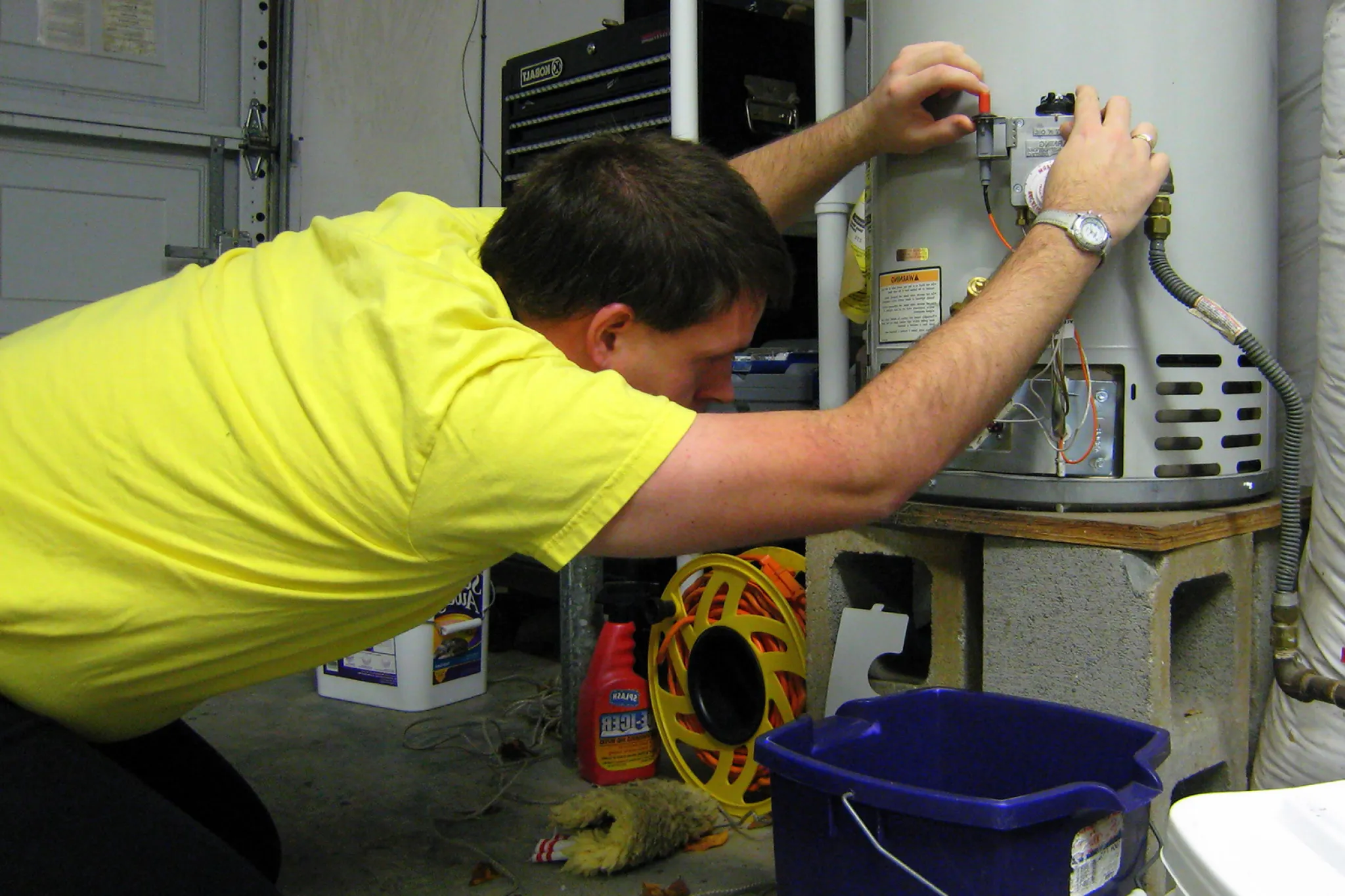On this page in the next paragraphs yow will discover some sensible news with regards to Water Heater Maintenance Tips You Can't Afford to Forget.

Warm water is important for day-to-day comfort, whether it's for a refreshing shower or cleaning recipes. To ensure your warm water system runs effectively and lasts much longer, normal upkeep is vital. This article offers sensible suggestions and insights on exactly how to keep your home's warm water system to avoid interruptions and costly repair services.
Intro
Keeping your home's hot water system may appear complicated, but with a few straightforward actions, you can ensure it runs smoothly for many years to come. This overview covers everything from understanding your warm water system to DIY maintenance pointers and understanding when to call in expert aid.
Significance of Maintaining Your Warm Water System
Regular maintenance not just extends the life-span of your hot water system however additionally ensures it operates successfully. Neglecting maintenance can cause decreased efficiency, greater power bills, and also premature failure of the system.
Signs Your Hot Water System Requirements Upkeep
Knowing when your hot water system requires focus can prevent major problems. Keep an eye out for signs such as inconsistent water temperature, odd sounds from the heating unit, or rusty water.
Comprehending Your Hot Water System
Before diving right into upkeep jobs, it's useful to comprehend the fundamental parts of your warm water system. Typically, this includes the water heater itself, pipes, anode poles, and temperature level controls.
Month-to-month Upkeep Tasks
Routine monthly checks can help catch minor problems prior to they intensify.
Purging the Hot Water Heater
Purging your hot water heater gets rid of debris buildup, improving efficiency and prolonging its life.
Checking and Replacing Anode Rods
Anode rods protect against rust inside the storage tank. Examining and replacing them when worn is important.
Checking and Adjusting Temperature Settings
Adjusting the temperature settings ensures optimal performance and safety and security.
Do It Yourself Tips for Upkeep
You can do several maintenance jobs on your own to maintain your warm water system in leading condition.
Checking for Leaks
Routinely evaluate pipelines and links for leaks, as these can result in water damage and higher costs.
Testing Pressure Alleviation Valves
Evaluating the stress relief valve guarantees it works correctly and protects against extreme pressure build-up.
Protecting Pipes
Shielding hot water pipelines minimizes heat loss and can conserve power.
When to Call a Professional
While DIY upkeep is helpful, some issues call for expert proficiency.
Facility Issues Needing Professional Aid
Instances include significant leakages, electric issues, or if your water heater is continually underperforming.
Regular Specialist Maintenance Benefits
Specialist maintenance can include detailed evaluations, tune-ups, and ensuring conformity with safety criteria.
Final thought
Regular upkeep of your home's hot water system is vital for efficiency, long life, and cost financial savings. By adhering to these ideas and knowing when to look for professional aid, you can guarantee a trustworthy supply of hot water without unanticipated disruptions.
Water Heater Maintenance Tips
Test the TPR Valve
Shut off the power and the cold-water supply valve. Place a bucket under the pipe connected to the temperature-pressure-release (TPR) valve on the top or side of the tank. (This valve opens if the tank pressure gets too high.) Lift the valve’s tab to let some water out, then let go. If water keeps flowing, drain the tank partway, unscrew the old valve with a pipe wrench, and install a new one. Check the Anode Rod
Put a hose to the tank’s drain cock and let out a few gallons of water. Now fit a 1 1/16-inch socket onto the rod’s hex head on top of the heater (or under its top plate) and unscrew the rod. If it’s less than ½ inch thick or coated with calcium, buy a new one, wrap its threads with Teflon tape, put it back in the tank, and tighten securely. Use this segmented rod if headroom above the tank is limited. Drain the Tank and Wash Out Sediment
Drain the remaining water in the tank into the bucket, then stir up the sediment on the tank’s bottom by briefly opening the cold-water supply valve. Drain and repeat until clean water comes out of the hose. Close the drain cock, refill the tank, and turn its power back on. Adjust the Temperature
Find the temperature dial on the side of the tank and unscrew its cover. Adjust the dial to 120 degrees using a flathead screwdriver. For every 10 degrees the temperature is lowered, you can expect to save up to 5 percent in energy costs. Turn the water heater off or the thermostat down to its lowest setting if you plan to be away from home for more than three days. Insulate the Pipes
Buy some self-sticking 3/8-inch-thick foam pipe insulation that matches the pipes’ diameter. Slide the foam over the hot-and cold-water pipes as far as you can reach. Insulating the cold-water pipe prevents condensation in summer. Peel the tape and squeeze the insulation closed. If the pipe is 6 inches or less from the flue, cover it with 1-inch-thick unfaced fiberglass pipe wrap. https://www.thisoldhouse.com/plumbing/21016402/how-to-maintain-a-water-heater

Do you really like more info about Tips For Maintaining Your Hot Water Heater? Post feedback further down. We'd be pleased to find out your views about this blog entry. Hoping that you come back again in the future. Are you aware of another individual who is interested by the topic? Be sure promote it. I thank you for your readership.
Call Today